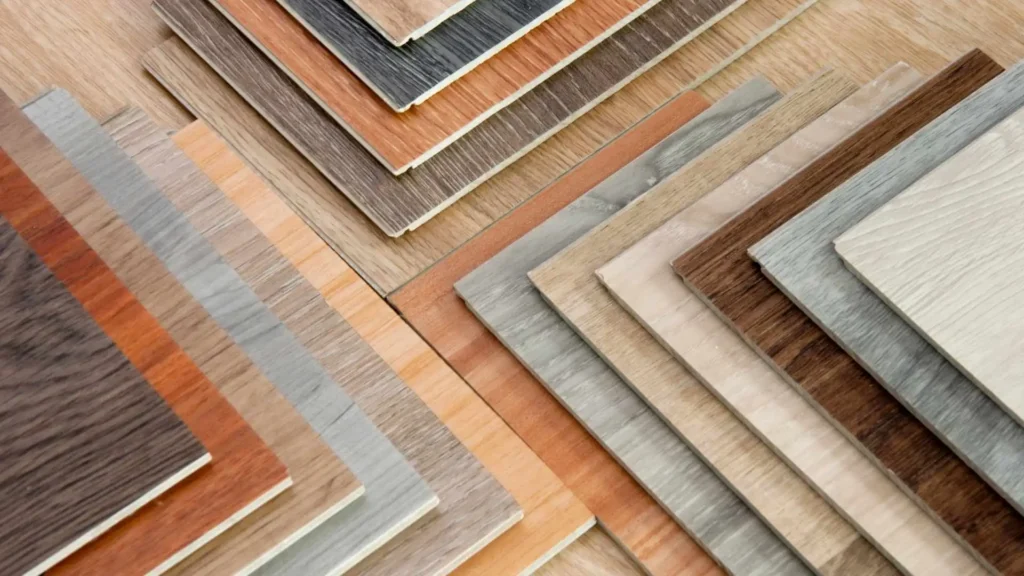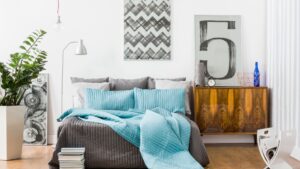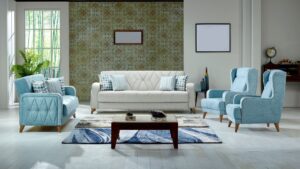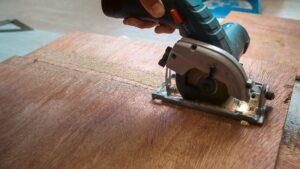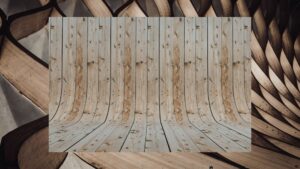When you are planning to make furniture or do any kind of woodwork, one big decision that you will have to make is whether you should go for waterproof plywood or semi waterproof plywood. At first it might sound like a small detail but It truly makes a big difference. In this guide you can learn everything about the difference between the two types and when to use each one.
First, what is plywood?
Plywood is actually a type of engineered wood that is made by glueing thin sheets of wood called veneers together in layers, with each layer’s grain going in a different direction. This cross layering makes plywood stronger, more stable, and less likely to bend or crack as compared to solid wood. Plywood is available in different grades and types and the water this changes is one of the key differences between them.
What is waterproof plywood?
Waterproof plywood is designed to resist water completely; it’s made using high quality hardwood veneers and strong waterproof adhesives often called phenol formaldehyde resin. Even if this plywood is exposed to water for a long time it won’t easily swell or lose strength. It can handle heavy moisture or even direct contact with water. It can take a lot of weight and pressure, and most waterproof plywood is even treated to prevent pests.
Where is it Used?
- Kitchen cabinets (especially near the sink).
- Bathroom vanities.
- Outdoor furniture.
- Boat building and coastal construction.
- Furniture in very humid climates.
Advantages:
- Long lifespan.
- Can handle spills, leaks, and wet cleaning.
- Resists warping and damage.
Disadvantages:
- Higher cost compared to semi-waterproof plywood.
- Sometimes heavier to work with.
What is Semi waterproof plywood?
It is also called moisture resistant plywood and is designed to resist moisture to a certain extent but not as much as fully waterproof plywood. It uses a formalized Raisin instead of phenolic resin. This adhesive can handle humidity and light water exposure but not constant soaking. It can handle occasional moisture and also it is cheaper as compared to fully waterproof plywood.
Where is it Used?
- Bedroom furniture like wardrobes, dressing tables, and study tables.
- Living room furniture like TV units and bookshelves.
- Office desks and storage units.
- Indoor paneling.
Advantages:
- Budget-friendly.
- Works well for most indoor furniture.
- Available in many thicknesses and finishes.
Disadvantages:
- Not suitable for constant water exposure.
- Can swell or warp if soaked for long periods.
Main Differences
| Feature | Waterproof Plywood (BWP/BWR Grade) | Semi-Waterproof Plywood (MR Grade) |
| Water Resistance | Very high – can handle soaking | Moderate – only resists humidity |
| Adhesive Used | Phenol-formaldehyde resin | Urea-formaldehyde resin |
| Durability | Extremely durable | Good for indoor use |
| Cost | High | Low to medium |
| Ideal For | Kitchens, bathrooms, outdoor use | Bedrooms, living rooms, offices |
| Lifespan | 15–25 years | 8–15 years |
So above all you need to know that both waterproof plywood and semi waterproof plywood have their place. There is no one-size-fits-all approach; it depends on where you are using it and how much water exposure it will face and how much you are willing to spend. go for waterproof plywood. you need maximum durability and water resistance for kitchens and bathrooms. Go for semi waterproof plywood if you are making indoor furniture in dry areas and want a more budget friendly option
